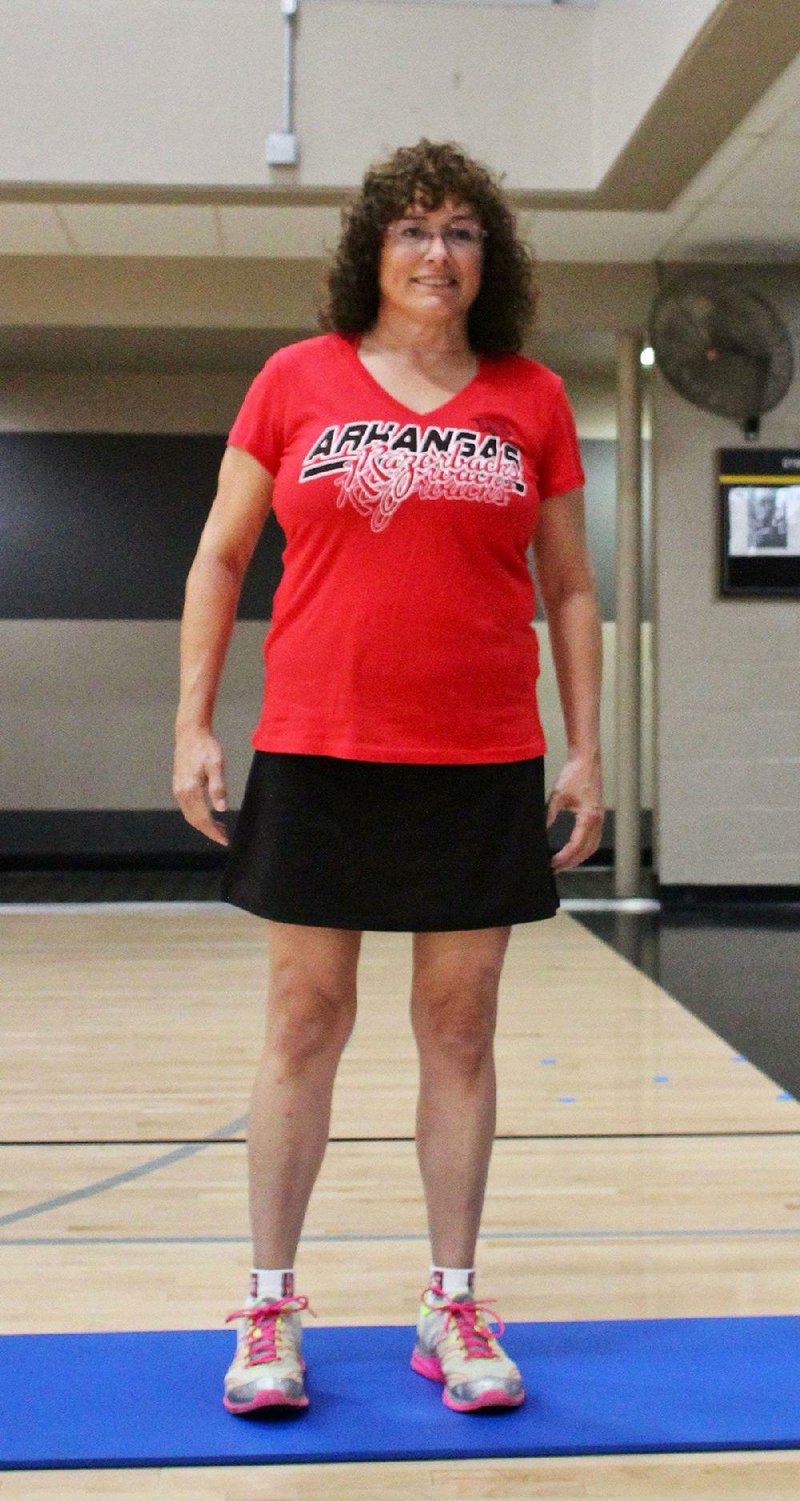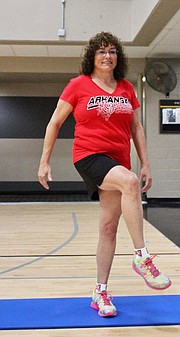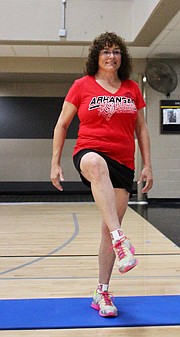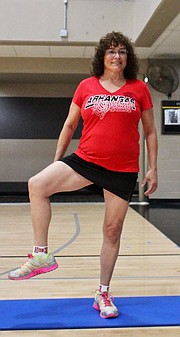Joint construction is an important consideration for proper warmup routines, for a variety of reasons. Different warmup techniques work better for different types of joints.
In general, joints that have a higher degree of mobility -- such as a ball and socket joint -- require a more extensive warmup. The reason is simple: The bone structures around these joints provide less support compared to joints with less range of motion.
They rely more heavily upon connective tissue (ligaments, tendons, fascia, etc.) to keep the parts lined up and fitting together while doing the job the joint is meant to do.
We think of it as stiff and lacking in blood flow, but connective tissue is very receptive to warmup and becomes more pliable as blood flow increases.
Less mobile joints, such as hinge joints (knee, elbow), are generally more stable. The differences in joint mobility after a warmup are somewhat less pronounced in these types of joints, but they still benefit from a solid warmup routine.
Certain types of warmup techniques are more appropriate for mobile joints (shoulder, hip), while other techniques are better suited to other types of joints. Dynamic stretching is a method that involves moving a joint through its normal range of motion in a slow, controlled manner. This is fantastic for ball-and-socket joints because their range of motion is so wide.
Performing shoulder circles, for example, is a great way to warm up the shoulder joints because they address the entire range of motion that's available.
This week's exercise is a fantastic way to warm another extremely mobile joint, the hip. Lateral Hurdle Steps perform a similar service to that provided by shoulder circles, except you also have to balance.
1. Stand with your feet shoulder-width apart and your hands resting at your sides.
2. Maintaining your balance, lift the right knee up and diagonally toward your left hip.
3. Once you reach your end point, move the right knee horizontally to the right and outside your right hip.
4. Slowly lower the right foot back into the starting position. Essentially, you're performing a big circle with your right knee from left to right.
5. Now repeat with the left leg, then alternate back and forth for 15 repetitions.
Lateral Hurdle Steps provide the hip joint with a dynamic warmup that's best done after a general cardiovascular warmup has taken place. I recommend five to 10 minutes of brisk walking or striding an elliptical machine before attempting this exercise.
In addition, the first few times you do it, stand near a wall you can reach -- in case you need help with balance. As you develop confidence and balance, try it without the wall support. Enjoy!
Matt Parrott has a doctorate in education (sport studies) and a master's in kinesiology and is certified by the American College of Sports Medicine.
vballtop@aol.com
ActiveStyle on 09/03/2018



